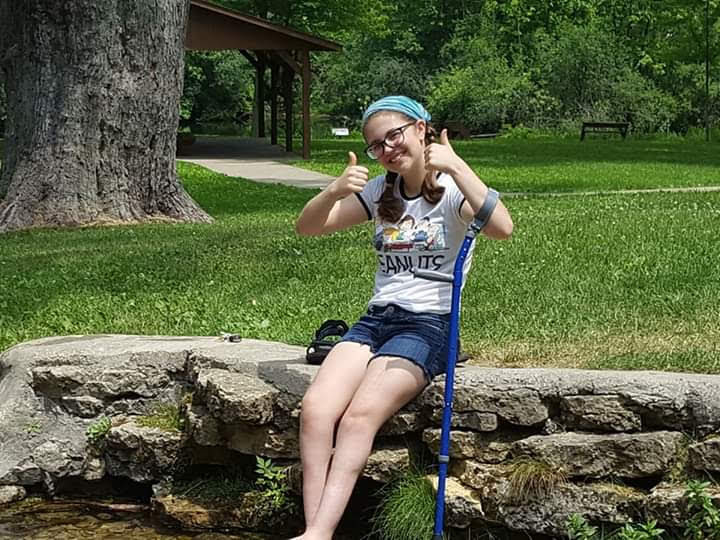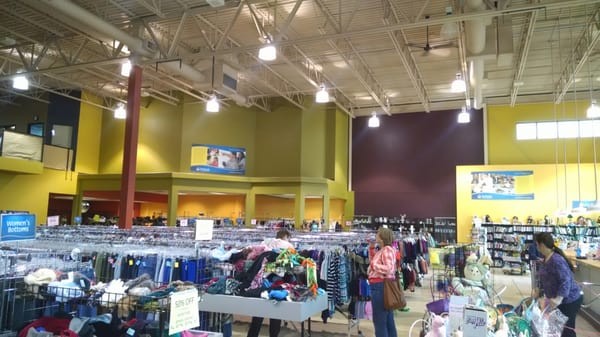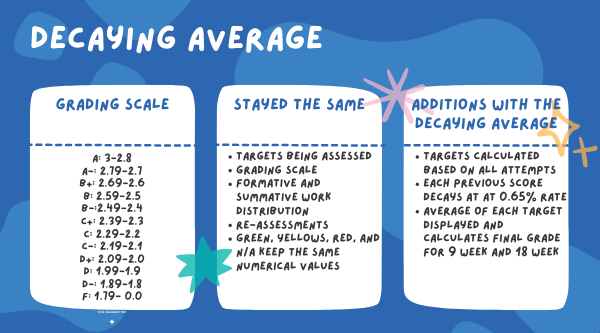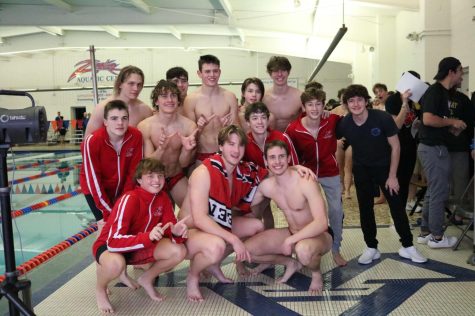Column: Disabled Students Deserve Accessible Schools
May 13, 2019
In my 13 years of school in the N.J.S.D., I have had a number of struggles. I understand that everyone has struggled at one point in life, and everyone is going through something. But some of my struggles are easy to fix, if effort is put into them. I am a partial paraplegic, which means that I am partially paralyzed below the waist. I will not get into what caused it or my full list of problems — I want to focus on is the problems caused by lack of mobility — usage of stairs, bathrooms, doors, and the amount of walking that needs to be done. Title II of the Americans with Disabilities Act prohibits disability discrimination. This includes providing services to ensure equal opportunity. This is what is required for handicap accessibility
Unfortunately, Neenah schools lacked handicap accessibility for me during my career in the district.
Starting in elementary school, I was in a wheelchair for the first half of kindergarten. Not only were the classroom doors almost too small to get through, but the classroom was set up in such a way that there was almost no way to maneuver the wheelchair around tight corners. After I was out of my wheelchair, I still had problems in the school. When I tried to get in and out of the school, I could not. The doors were too heavy and there were no push buttons to open them. So to fix that, my mother talked to my elementary school to find a solution. After that, some of the doors had push buttons to open them.
Moving to Shattuck Middle School, I faced my biggest problems. Yes, the school was fairly large, but I could handle that. And yes, there was one elevator so sometimes I had to run, but I could still handle that. The biggest problem in Shattuck was the stairway to the music rooms. Those two staircases were extremely steep. I had to, and still do, wear orthotics that keep my ankles immobilized, so I cannot bend them at an angle to get up those steep stairs. To solve that problem, and for students that may have been in a wheelchair, there was a lift. Boom, problem solved.
Except it was not. In theory, the lift was a perfect solution. In practice, it worked about 50 percent of the time. The first few times the lift was broken, I tried to climb the stairs, but it was exhausting. So every time the lift was broken, I had to sit at the bottom of the stairs and wait. Sometimes a maintenance person could help me, sometimes not. Mrs. Cheryl White, the former choir teacher at Shattuck, even remembers hearing me doing my best to sing along. This issue caused my mom and I various amounts of frustration during the two years I attended Shattuck. I was not able to get the same quality of education that my able-bodied classmates were getting, because I could not get up the stairs.
When I came to NHS, it was the first time I had someone who was advocating for me in the school. In freshman year, it was weird, because I was always used to it being my mother and I who advocated for me. My case manager advocated for my classes to be scheduled to I would not have to run from one end of NHS to the other. She made it possible for me to leave five minutes earlier from class as needed. Sophomore year, I was in a wheelchair again. I had enough strength to push myself, most of the time. The problem was the size of the school. I have extremely good arm strength, comparably to the rest of my body, but it takes a lot of energy. Getting halfway across the school took nearly all of my energy, and part of that was because of the steep inclines in the Link.
When I would go up the inclines, I had to keep my hands on the push rings to keep the chair from rolling backwards. I would sometimes end up scraping my hands, and I ended up with enough nicks. Going down the inclines was the same story, still so steep I had to keep my hands on the rings, and I would get ruined hands. That is not where the wheelchair problems stopped though.
Like in kindergarten, it was the doors. The doorways were too narrow to get myself through, so I had to line myself up to the best of my ability and push. The doorways to the classrooms, I could understand. The schools did not think about that. What really got me was the elevators that were especially narrow. I had problems getting my wheelchair into the elevator.
It sounds comical when it is not “you.” Both elevator doors were extremely narrow, but both elevators had their own issues. In Conant, the elevator was deep enough for me to get in, but it was so narrow that I had to contort my body to get to the button for the second floor. In Armstrong, the elevator was barely deep enough to get my chair into it. I cannot count the amount of times I had slammed my feet into the wall of the elevator while trying to get in. Additionally, the elevator in Armstrong enters the second floor into a classroom. On multiple occasions, I have been locked out of the room and having to disturb another teacher to get access to the elevator.
Getting out and around Armstrong was also a challenge. Upstairs, the tight corners cause difficulty in turning. Carpeting is also a hindrance in wheelchair mobility. The wheels will turn, but getting traction is another issue entirely. I have gotten stuck for a couple seconds, and while you are in the middle of a huge crowd of high-schoolers, that is not an ideal situation.
The most un-ideal situation, for anyone, however, is not being able to get to the bathroom when needed. While I was in my wheelchair, the narrow corridors and tight corners made it hard to even enter. But when I got to the handicapped stall, the only one I could get into safely, was sometimes already in use, while all other were empty. When the stall was open, it was hard to get myself close enough to get to the toilet.
I got out of my wheelchair after sophomore year, but the bathroom problems continued to be an issue. The regular stalls would be open, but the handicapped stall would be used. I cannot stand up from a toilet without the grab bars that are necessary for individuals like me to be able to function. I had an accident one day because of the fact that the handicapped stall was already in use. I have waited five minutes for the stall to be open. I know that some girls want more space, and more than one person fits in that stall. That is no excuse though, and it makes my life harder than it needs to be.
I am confident there are many other issues that have occurred that I do not even recognize are a problem, because of the fact that it is something learned. As a disabled person in an able-bodied society, I have learned to adapt as best as I can. Adaptations need to go both ways, however, and sometimes those adaptations cost money. The referendum that failed on April 2 included plans to make all Neenah schools more ADA compliant. Hopefully, these issues can be brought to a higher attention next time opportunity for a referendum comes around.











